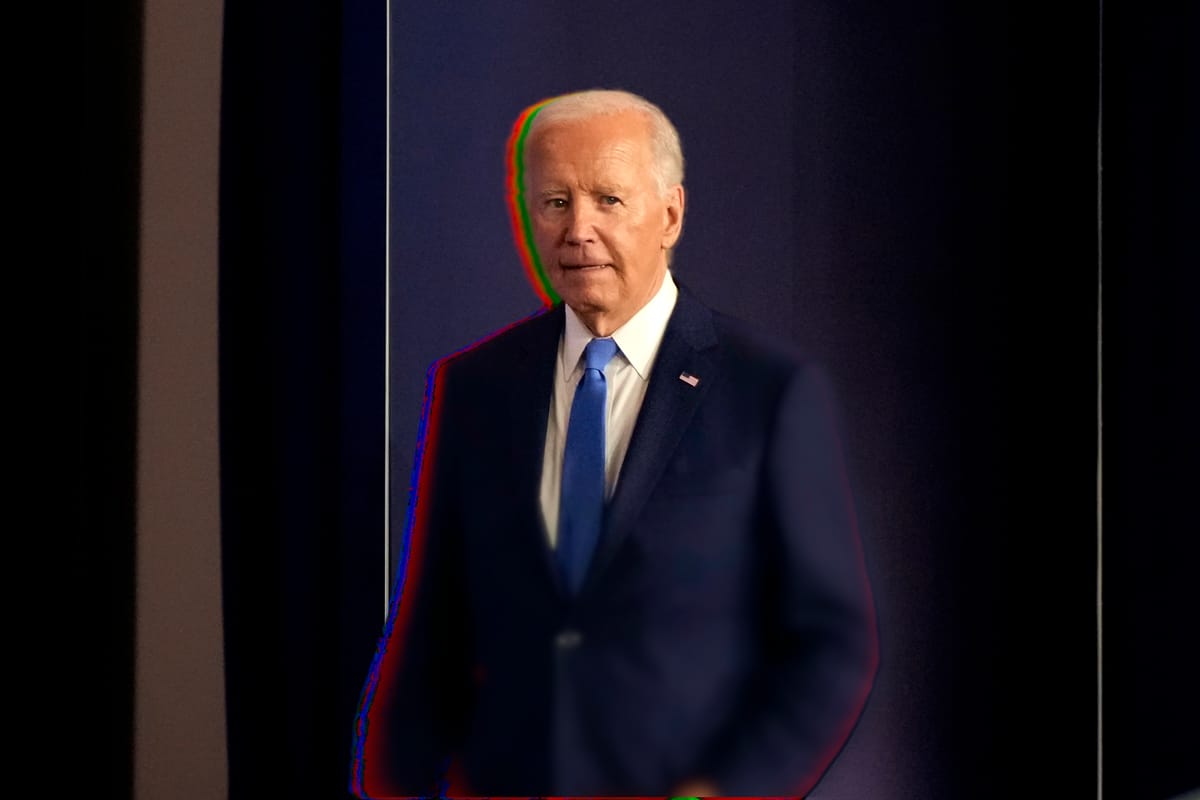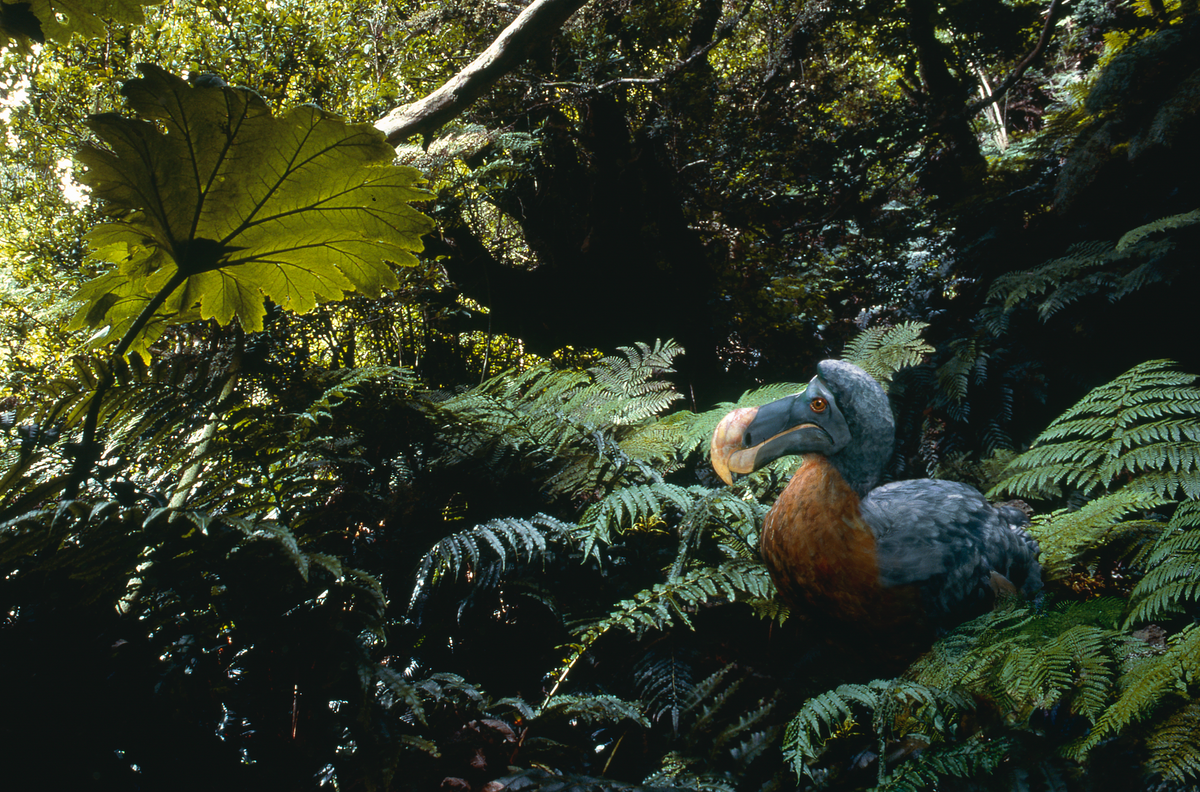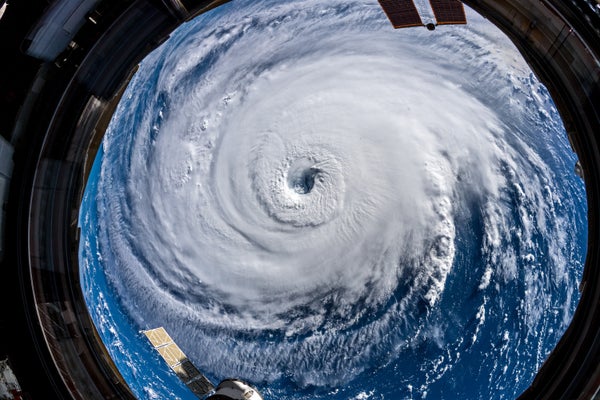As of now, it appears that Joe Biden is the only thing standing between American democracy and straight-up fascism. I stand firmly on the side of democracy, obviously, though I would be lying if I didn’t say that Joe Biden is making me very, very nervous.
During his rambling July 8 call-in to MSNBC’s Morning Joe, President Joe Biden railed against the “elites” in his own party who have been calling for him to step aside since last month’s catastrophic debate performance. In the interests of further shoring up his newfound populist bona fides, Biden’s next move was to take questions from a small group of his elite donors on an exclusive phone call.
The gulf between Biden’s rhetoric and his actual behavior — though certainly nothing new for a man whose self-styling as the scrappy, Amtrak-riding guy from Scranton has always clashed with his long-standing proximity to corporate interests and Wall Street — was nonetheless particularly striking in this case.
On both sides in the ongoing Biden saga — notwithstanding the president’s recent contention to the contrary — the underlying dynamic has been one of politics via elite parlor game: numerically minuscule factions consisting of donors, influencers, celebrities, and multimillionaire politicians carrying out palace intrigues largely independent from any democratic process.





